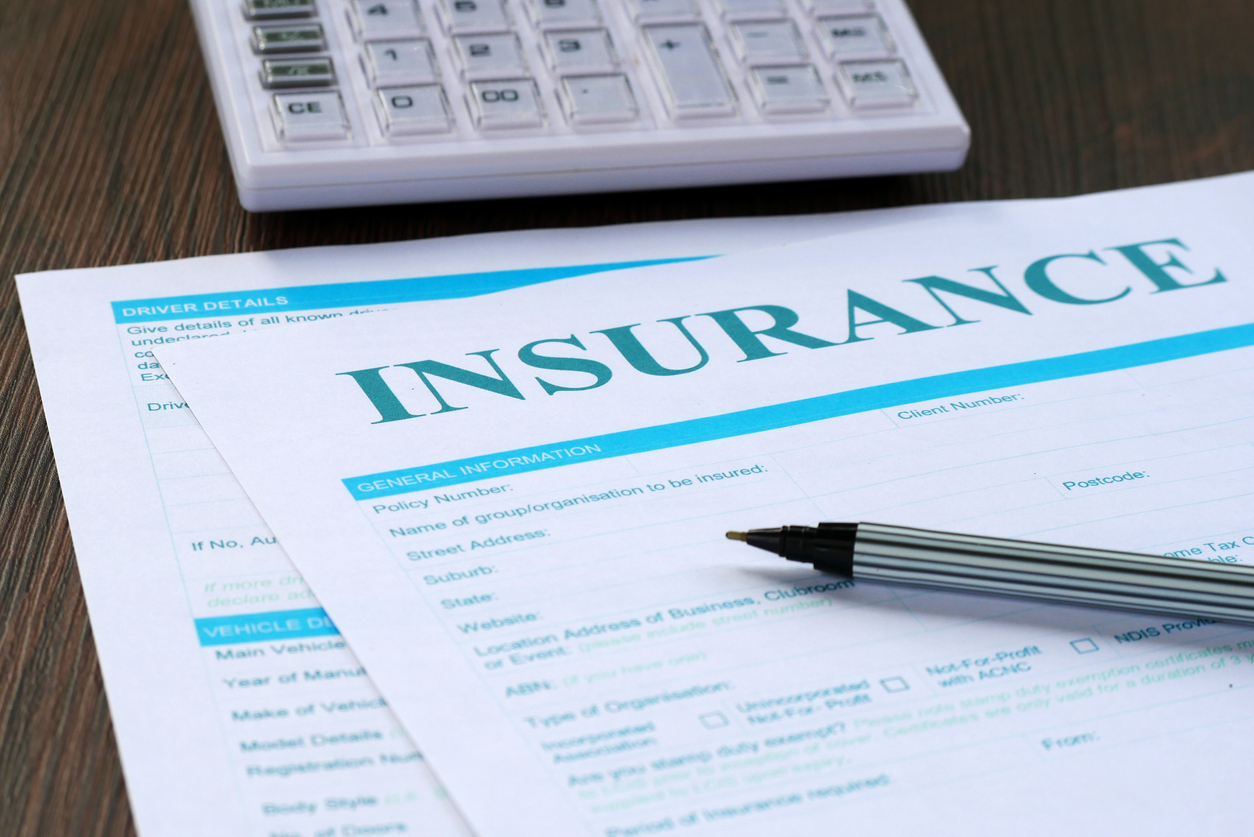The Ultimate Guide to Buying and Exporting Rolled Tobacco from Zimbabwe
The Ultimate Guide to Buying and Exporting Rolled Tobacco from Zimbabwe
Looking for opportunities to sell your products and services? Or in search of suppliers from a specific country or market? Trade leads and market information can help you get there faster. Whether you’re an exporter or importer, learning about potential markets, tariffs and regulations, and current trade capacity will help strengthen your business. For this reason, we have compiled several articles that give you the inside scoop on key markets as well as practical advice on how to crack them. Whether you’re wholesaling or retailing, these articles give you insights on some of the world’s most lucrative value chains. You’ll learn about demand-side trends, regulations, local sourcing practices and much more.
What is Rolled Tobacco?
Rolled tobacco is the most common form of tobacco product and is often used in cigarettes. It is made from loose tobacco leaves that have been dried and then fermented with heat, pressure, and additives. Loose leaves are then packed into a drum and pressed to make a sheet of tobacco. The sheet is then fed through a roller machine that flattens it out until it forms a long strip. The strip is then cut into small pieces and put into replaceable paper tubes. This is the process used in Zimbabwe. The roller machine used in Zimbabwe is a completely mechanical process; no chemicals or additives are used. The tobacco is dried naturally in an open field. Over 90% of tobacco grown in Zimbabwe is flue-cured, which is dried with hot air that comes out of a large coiled pipe.
Why export from Zimbabwe?
Zimbabwe is a country that is rich in agricultural products: from tobacco, to potatoes, cotton, maize and more. The country’s tobacco industry alone generates 80% of its agricultural export, making it the largest agricultural export in the country. In fact, the country’s tobacco industry is the world’s largest exporter of flue-cured tobacco and accounts for almost 50% of the global market share. The industry is expected to increase exports by 16% over the next 7 years, making it a key export opportunity for importers.
Exporting Basics: How to Start Selling Your Goods Abroad
If you’re an importer or exporter looking to expand your business with international trade, you’ve come to the right place: This guide will help you get started. Note: This guide assumes that you already have a product or a service to sell to a foreign market. If you don’t, you can learn about different industry types by reading through our other guides. Now, let’s get down to business. Exporting can be a bit of a challenge for beginners. However, with the right approach, it can be very rewarding. Here are a few things you should keep in mind before you start looking for potential customers abroad:
Market Research and Finding the Right Partner
For starters, you should conduct thorough research to find potential customers and the market. In the case of Zimbabwe, let’s say you are looking to export tobacco. First, you need to determine which tobacco you want to export. Different tobacco types have different uses, such as cigar filler, cigarettes, chewing tobacco, or pipe tobacco. From there, you can determine which tobacco products are in highest demand. Now that you’ve determined what you want to export and what your market wants, you need to find the right importers and distributors. You can start with researching local companies in your area, or you can use online marketplaces such as TradeKey to find buyers.
Finding the Right Product to Export
If you’ve gotten this far, you’ve already determined the type of product you want to export. To make sure you’re actually selling what the market wants, you need to do a little research. You can use various tools, such as Google Trends, to discover what your potential customers are interested in. You can also use tools like Amazon Best Sellers to determine which products are in highest demand. You can also conduct customer surveys to better understand what you should sell. To do this, you can use services such as Survey Monkey or Zoomerang. This will help you learn more about your potential customers and what they really want.
Understanding the Import Process and Regulations
When you’re ready to import goods to your country, you will have to go through several steps. These include: For example, if you are importing tobacco from Zimbabwe, the process will start with finding a local supplier. Once you find one, you need to determine the quality of the tobacco. This is important since the quality of your tobacco will determine the price. Once you’ve found the right tobacco and the right price, you will have to apply for an import permit. This is necessary because you need to comply with import regulations. Import regulations vary depending on the country you are importing from. For example, if you are importing tobacco from Zimbabwe, you need to comply with import regulations such as paying taxes and customs duties, and providing the right documentation. This can be challenging if you’re new to importing.
Wrapping up
Rolled tobacco is the most common form of tobacco product and is often used in cigarettes. It is made from loose tobacco leaves that have been dried and then fermented with heat, pressure, and additives. Zimbabwe is a country that is rich in agricultural products: from tobacco, to potatoes, cotton, maize and more. The country’s tobacco industry alone generates 80% of its agricultural export, making it the largest agricultural export in the country. In fact, the country’s tobacco industry is the world’s largest exporter of flue-cured tobacco and accounts for almost 50% of the global market share. The industry is expected to increase exports by 16% over the next 7 years, making it a key export opportunity for importers. If you’ve made it to the end of the article, congratulations! Now that you know more about rolled tobacco and its export opportunities, you can proceed with confidence.








LEAVE A COMMENT
You must be logged in to post a comment.